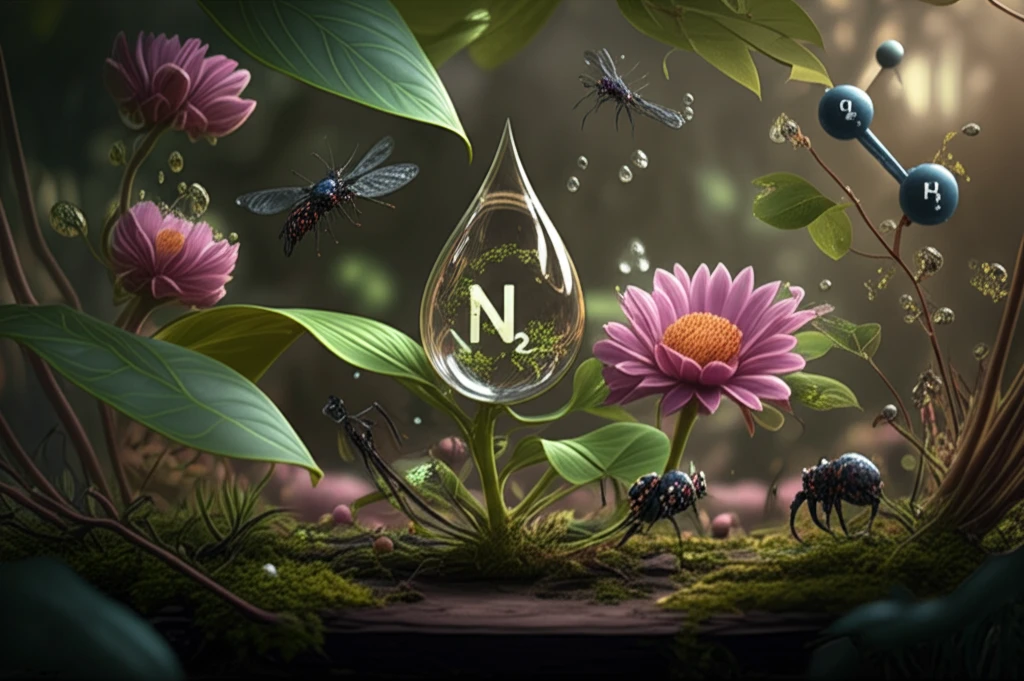
Is Your Garden Thriving or Just Surviving? The Hidden Impact of Water and Nutrients
"Unlocking the Secrets of Multi-Trophic Dynamics for a Flourishing Ecosystem"
Our world's ecosystems are in constant flux, facing unprecedented changes in precipitation patterns and nitrogen deposition. These shifts aren't isolated events; they trigger a cascade of effects rippling through every level of the food chain. Understanding how these factors interact is crucial for predicting the future of our plant communities and ensuring their resilience.
Plants are the foundation of most terrestrial ecosystems, and their health depends on a delicate balance of resources, most notably water and nitrogen. When these resources are readily available, plants flourish, leading to synergistic responses that can dramatically increase plant production. But what happens when these changes affect the intricate relationships between plants, herbivores, and predators?
New research delves into the complexities of these interactions, investigating how simultaneous changes in precipitation and nitrogen deposition influence ecological dynamics across multiple trophic levels. By understanding these dynamics, we can better manage and protect our plant communities in a changing world.
The Delicate Dance of Water, Nitrogen, and Plant Defenses

Imagine a garden where the arrival of ample rainfall alongside a surge of nitrogen feels like a blessing. The reality is more complex. Plants often face a condition known as co-limitation, where their growth is restricted because they lack the right amounts of essential resources. When water and nitrogen are simultaneously plentiful, plants can surge in growth, but this growth impacts their defenses against herbivores.
- Water Stress: Can lead to the hydrolysis of plant proteins, increasing amino acid availability for herbivores, but may also limit their physical access due to low turgor.
- Increased Rainfall: Relieves water stress, making nutrients more accessible initially but potentially diluting them as plants metabolize more efficiently.
- Nitrogen Deposition: Enhances plant quality for herbivores, but can also increase plant resistance, leading to weak consumer cascades.
Implications for Predicting Ecological Impacts
This research underscores the importance of considering resource co-limitation when predicting the ecological impacts of altered precipitation and nitrogen deposition. By accounting for these complex dynamics, ecologists can develop more accurate models to forecast ecosystem responses to global changes. These models help develop better conservation strategies and environmental policies.
